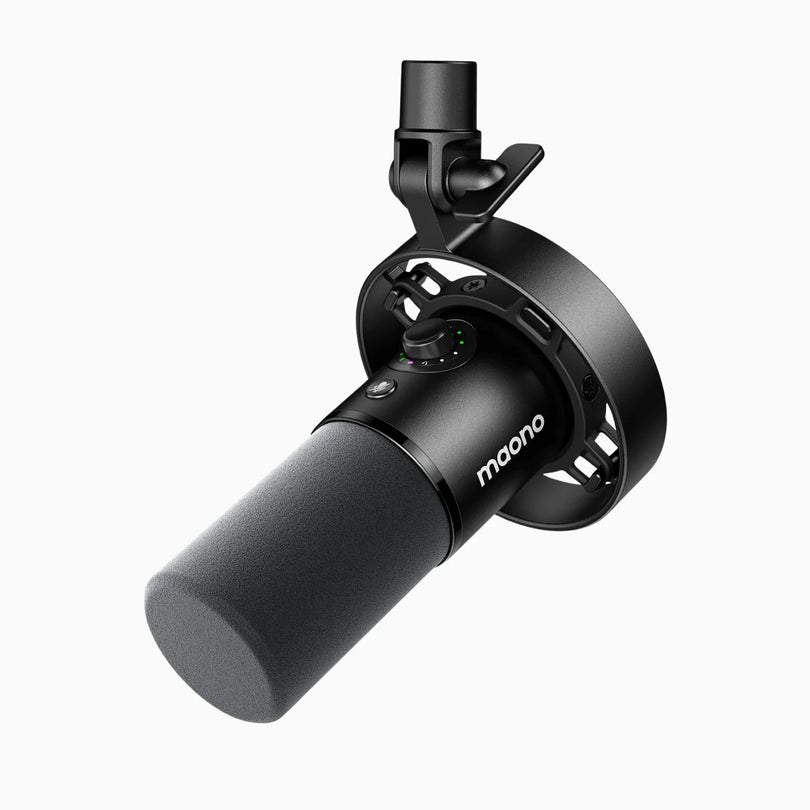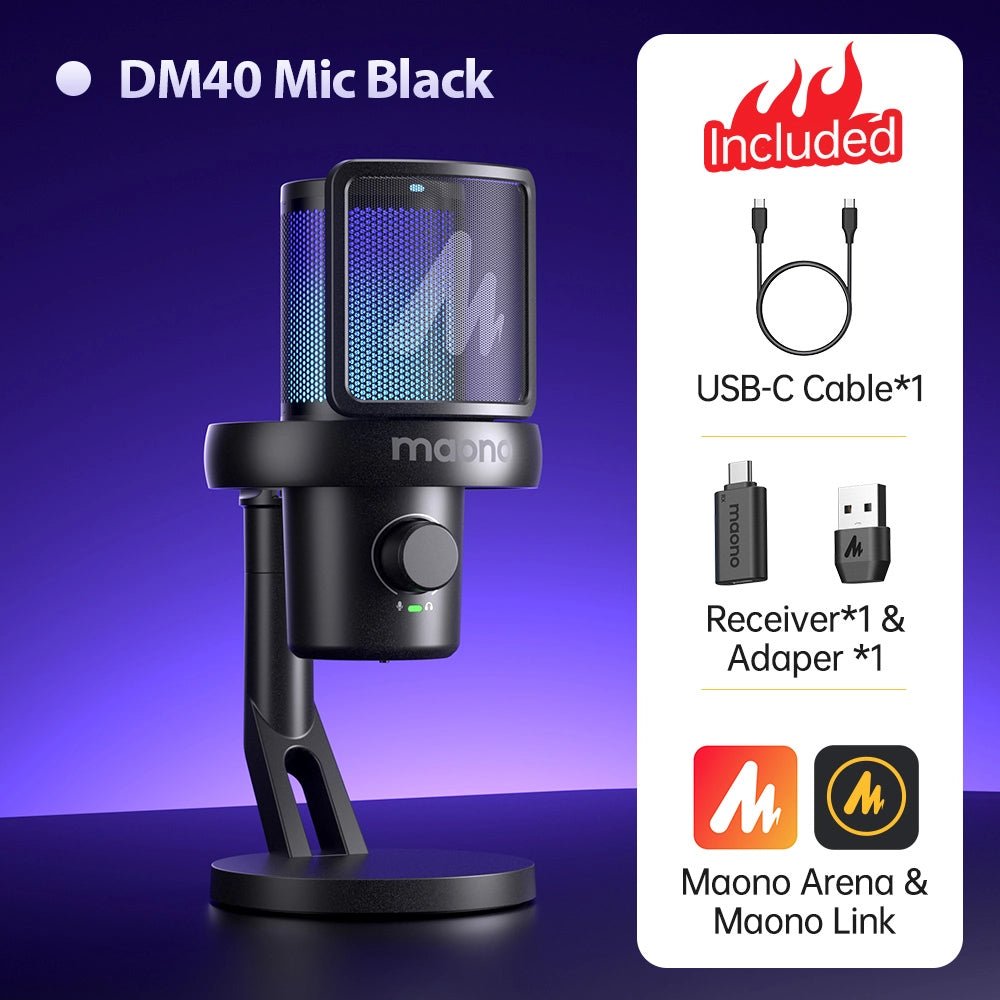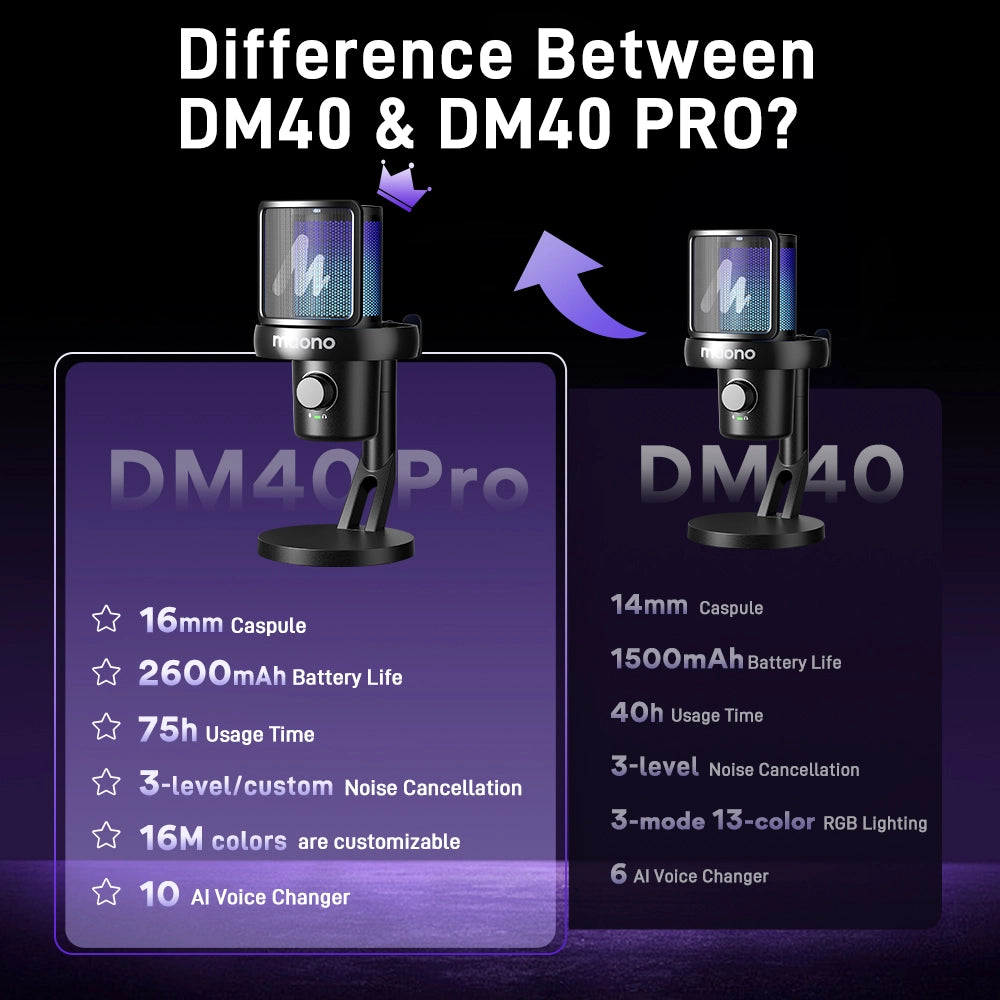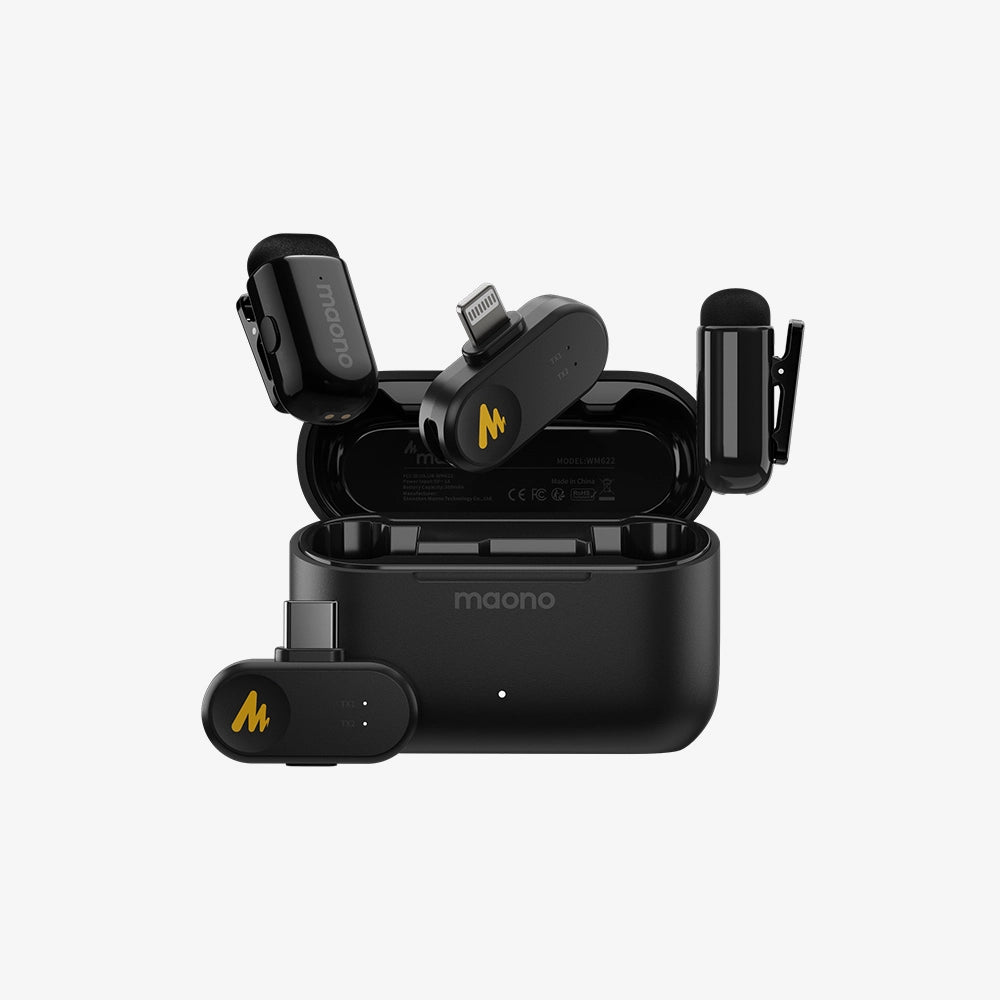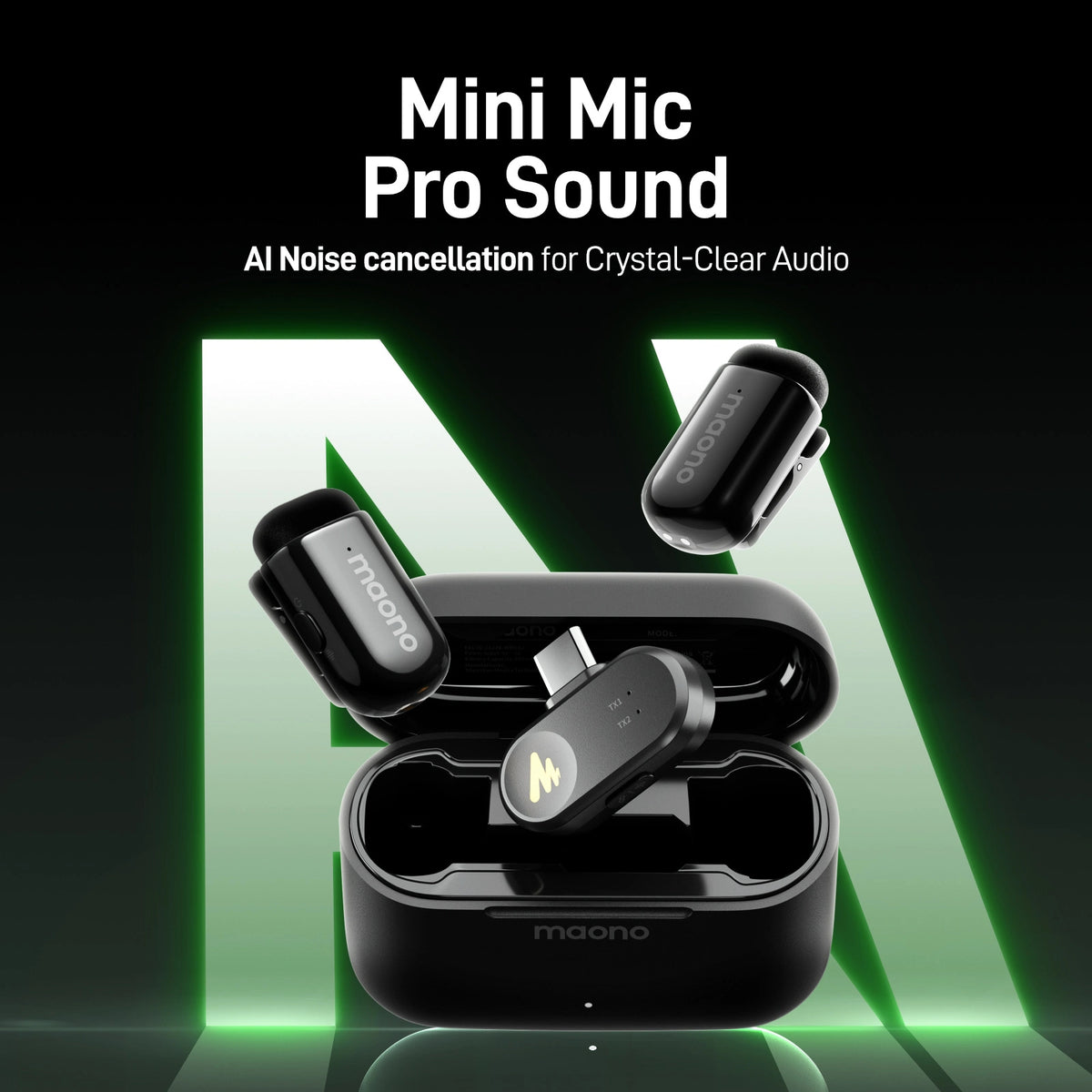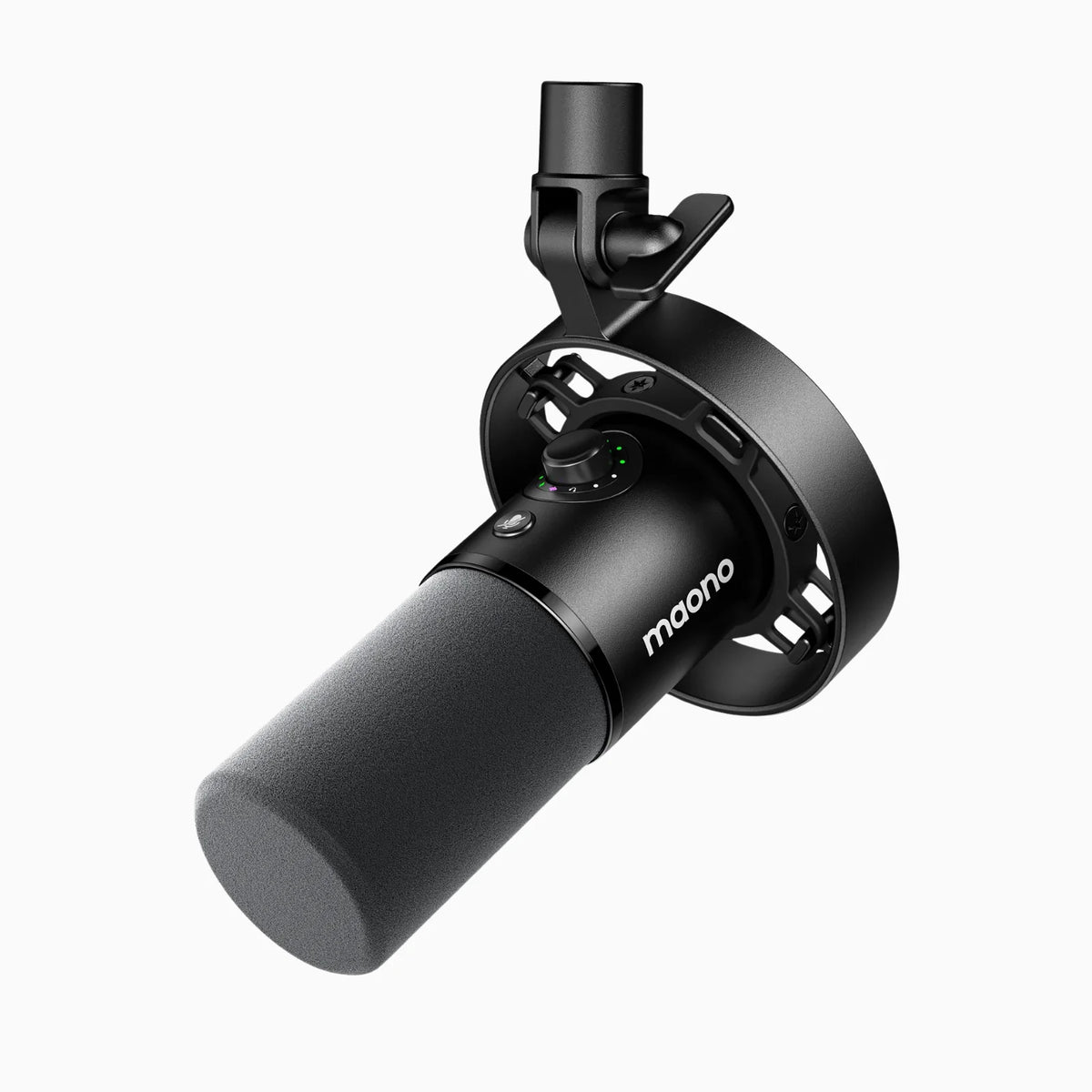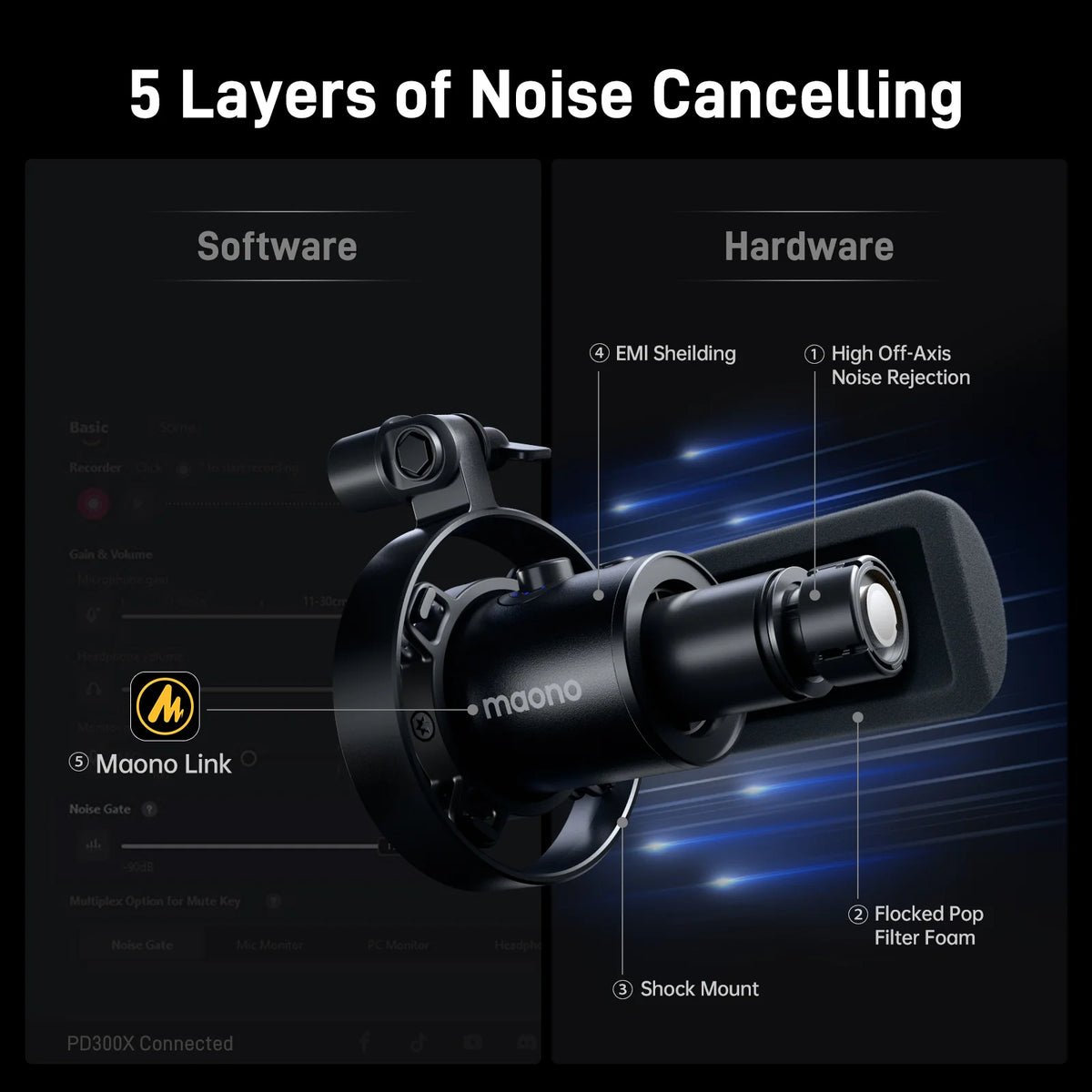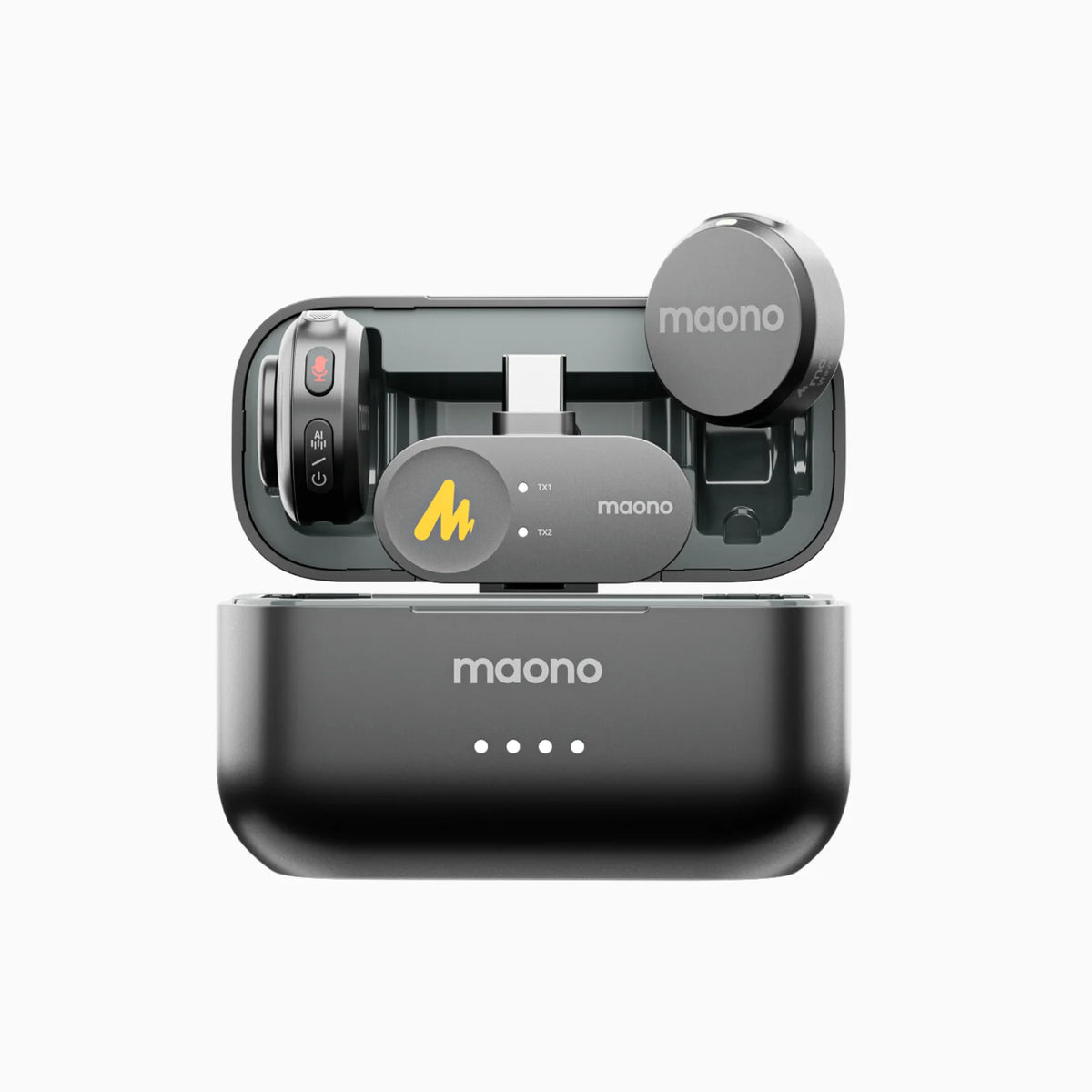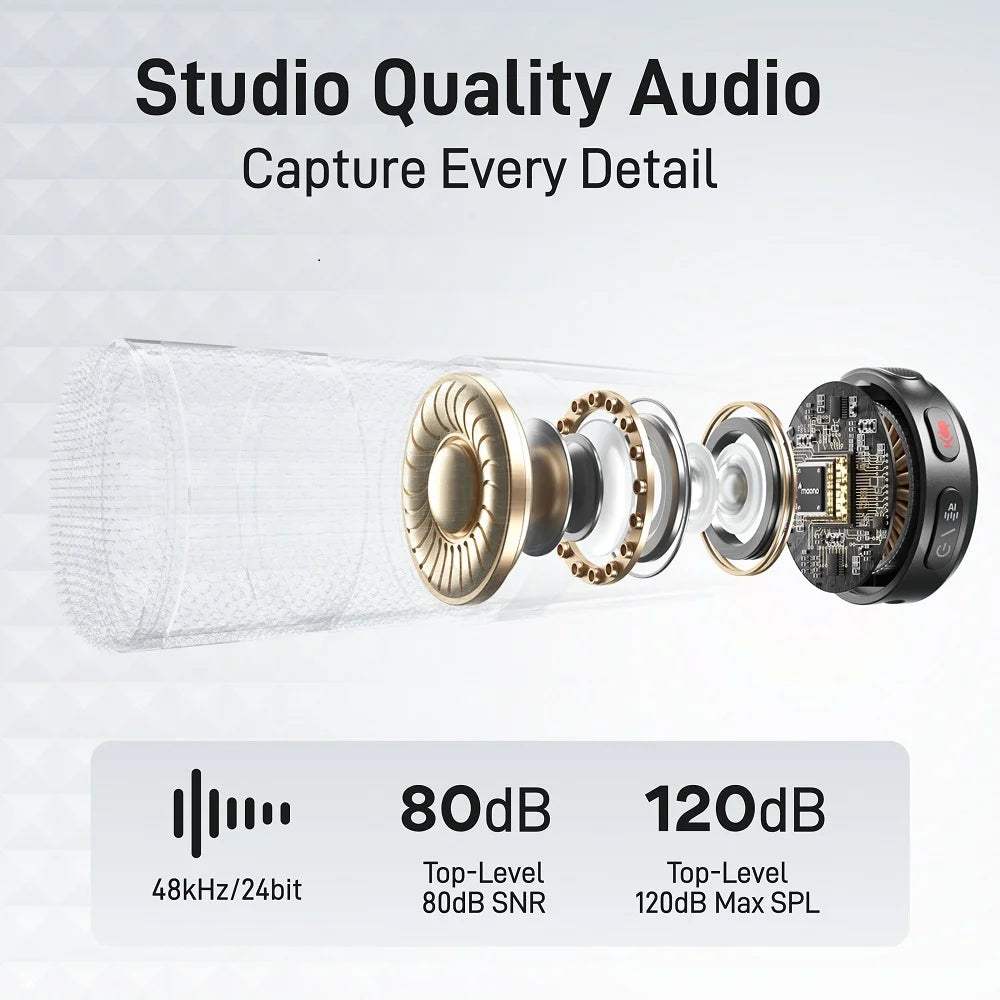A reliable mic stand can be the unsung hero of your recording setup, providing the stability and precision needed to capture crystal-clear sound. Whether you're podcasting, performing live, or streaming, finding the perfect mic stand ensures your microphone stays exactly where you need it, freeing you to focus on delivering your best performance. But with so many options on the market, how do you know which mic stand is right for you? Let's break down the key types, features, and tips to help you make the ideal choice.
What is a Mic Stand?
A mic stand is a piece of equipment designed to hold a microphone in place during recording sessions, live performances, podcasts, or broadcasts. It allows hands-free operation by securing the microphone at an appropriate height and position. Mic stands come in different sizes, shapes, and configurations, catering to various uses and preferences. Whether you're setting up a home studio, performing on stage, or creating professional content, a sturdy mic stand can be a game-changer in ensuring consistent, high-quality audio.
What is the Purpose of a Mic Stand?
The primary purpose of a mic stand is to provide a stable platform for your microphone, ensuring consistent sound capture without unwanted movement or noise. It also frees up your hands, enabling you to focus on your performance or recording without constantly adjusting the microphone. A mic stand can help position the mic at the ideal distance and angle for capturing vocals, instruments, or ambient sounds, making it a vital tool for musicians, podcasters, and streamers.
What are the Different Types of Mic Stands?
Various mic stands are available on the market, each serving a specific purpose. Here are the most common types:
- Straight Mic Stand: This is the simplest and most traditional type of mic stand. It features a vertical pole with a base, and the height can be adjusted. Straight mic stands are commonly used for vocal performances.
- Boom Stand: Boom mic stands come with an extendable arm, allowing for more flexibility in microphone positioning. They are ideal for capturing sound from different angles and handy for instruments like guitars or drums.
- Desktop Stand: Smaller and more compact, desktop mic stands are perfect for podcasters, streamers, and YouTubers. They sit on top of a desk and provide stability for stationary recording.
- Tripod Mic Stand: These stands have three legs and provide excellent stability. They are often used in outdoor settings or for live performances where durability and balance are crucial.
- Suspension Arm Stand: These are mounted to desks and have articulated arms that can be positioned in multiple directions. They're commonly used in radio stations, podcast studios, and content creation setups.
What are the Features to Look for in a Mic Stand?
Choosing the right mic stand can significantly improve your recording or performance experience. Here are the essential features to consider:
- Height Adjustment: A good mic stand should have adjustable height to accommodate different setups, whether for sitting or standing recordings.
- Boom Arm or Fixed: Determine if you need a boom arm for added flexibility or if a fixed stand will suffice for your needs.
- Base Stability: Ensure the stand has a stable base, especially if you're using heavy or expensive microphones. Tripod bases and weighted circular bases are both effective in providing stability.
- Portability: If you need to move your mic stand frequently for gigs or recordings, consider a lightweight, collapsible stand for easy transport.
- Material: The material of the stand should be durable enough to withstand regular use without breaking or bending. Steel and aluminum are common choices.
- Compatibility: Ensure the mic stand is compatible with your microphone in terms of mounting options, weight capacity, and connectivity.
What are the Benefits of a Mic Stand?
Using a mic stand offers multiple advantages:
- Hands-Free Operation: Whether you're performing or podcasting, a mic stand allows you to keep your hands free, improving focus and multitasking.
- Better Sound Quality: Proper positioning through a mic stand can reduce handling noise and ensure the microphone captures sound from the best angle.
- Consistent Positioning: A stand ensures that the microphone remains in the correct position, preventing unintentional shifts in sound capture.
- Professionalism: A mic stand gives your setup a professional look, which can enhance both live performances and recordings.
Can You Use Any Mic Stand for Any Mic?
While many mic stands are designed to be versatile, not all mic stands are suitable for every microphone. Factors such as the mic's weight, size, and type play a role in determining the compatibility. Heavier microphones like large-diaphragm condenser mics may require a more robust stand, whereas lightweight mics like lavaliers or small-diaphragm condensers can be mounted on simpler stands. It’s important to match your mic’s mounting requirements with the stand’s capabilities to ensure stability and optimal performance.
How Heavy Should a Mic Stand Be?
The weight of the mic stand should depend on the microphone and the setup. For heavier mics, a stand with a sturdy, weighted base or a tripod design is essential to prevent tipping. Conversely, for lightweight microphones used in portable or temporary setups, a lighter stand may suffice. Generally, heavier stands are more stable, but portability might become a concern for live performances or frequent transportation.
Top 3 Mic Stand Examples
1. Maono Microphone Desktop Stand

- Type: Desktop Stand
- Features:
- Metal stand
- Adjustable height (from 17cm to 28 cm)
- Compact, metal stable base heavy for table setups
- Designed for lightweight microphones
- Anti-slip rubber feet for stability
- Pros: Affordable, versatile, suitable for home studio setups
- Cons: May wobble with heavier microphones
- Price: Around $39.99
2. K&M 210/9 Tripod Boom Microphone Stand
- Type: Boom Arm Stand
- Features: Adjustable height, extendable boom arm, tripod base
- Pros: Excellent stability, durable construction
- Cons: Slightly expensive
- Price: Around $80
3. On-Stage MS7701B Tripod Boom Stand
- Type: Tripod Boom Stand
- Features: Adjustable height and boom, tripod base
- Pros: Budget-friendly, solid build quality
- Cons: Plastic components may wear over time
- Price: Around $30
Top 7 Boom Arms and Desk Stands
1. Maono BA92 Microphone Suspension Boom Arm Stand

- Type: Suspension Boom Arm
- Features:
- Adjustable boom arm (360-degree rotation)
- Strong, durable construction with a foldable design
- Desk clamp for secure attachment
- Added rubber gasket to increase friction
- Integrated cable management
- Suitable for heavier microphones (up to 2.2 lbs)
- Price: Approximately $79.99
2. Blue Compass Premium Tube-Style Boom Arm
- Type: Boom Arm
- Features: Hidden cable management, 360-degree rotation
- Price: Approximately $99
3. Rode PSA1 Boom Arm
- Type: Studio Boom Arm
- Features: Quiet operation, long reach
- Price: Approximately $129
4. Heil Sound PL-2T Overhead Boom
- Type: Boom Arm
- Features: Durable construction, friction-free movement
- Price: Approximately $130
5. InnoGear Adjustable Microphone Stand
- Type: Desk Stand
- Features: Height adjustable, anti-slip feet
- Price: Approximately $18
6. Neewer Adjustable Microphone Suspension Boom
- Type: Suspension Arm
- Features: Flexible adjustment, compact design
- Price: Approximately $20
7. Pyle Pro PMKS8 Condenser Mic Tripod Stand
- Type: Tripod Stand
- Features: Compact, easy to adjust, lightweight
- Price: Approximately $15
FAQs
1. What Type of Microphone is Ideal to Use with a Maono Mic Stand?
The Maono mic stands, especially the boom arms, are ideal for lightweight to mid-weight microphones such as condenser mics for podcasts, streaming, and home studio recordings. Popular models like the Maono AU-PM422 or USB microphones work well with these stands.
2. How to Set Up and Install a Maono Mic Stand for the First Time?
Setting up a Maono mic stand involves securing the base or clamp to a stable surface (like a desk), adjusting the arm to the desired height, and attaching the microphone to the provided holder. Most models come with easy-to-follow instructions, making the installation process straightforward.
3. Does the Maono Mic Stand Provide Adequate Stability, or Are There Any Issues with Wobbling?
The Maono mic stands generally provide good stability, especially for lighter microphones. However, with heavier mics, users may notice minor wobbling. It is recommended to check the weight capacity and opt for a sturdier stand if necessary.
Conclusion
Choosing the right mic stand is an essential step in enhancing your audio setup. From traditional straight stands to flexible boom arms and compact desktop options, there is a wide range of mic stands to suit different needs and environments. By understanding the types, features, and benefits of mic stands, as well as considering compatibility with your microphone, you can make an informed choice. Whether you're recording in a professional studio or creating content at home, investing in a quality mic stand will ensure optimal sound quality and ease of use.




